In this article, we’re discussing the AMD Krackan Point hardware platform, the mid-segment iteration of AMD’s Strix Point hardware, with Ryzen AI 7 and Ryzen AI 5 processors. Before the announcement, this platform was also known as AMD Kraken Point.
This hardware is meant for mid-range thin-and-light computers and is found stand-alone in most implementations. However, some lower-tier variants of certain all-rounder notebooks are also available with Krackan Point Ryzen 7 specs, while the upper-tier implement Ryzen 9 AI HX specs.
Krackan Point hardware is still built on AMD’s latest technology as of early 2025, with a processor that offers a mix of Zen5 Performance and Zen5c Efficiency cores, as well as an iGPU with RDNA 3.5 Compute Units. However, there’s just less of everything on these Ryzen 7/5 processors in comparison to the Strix Point Ryzen AI 9s.
That means you should expect lower CPU and especially graphics capabilities from Krackan Point laptops, but also significantly more affordable prices and, hopefully, wider availability.
Down below I’ve gathered the AMD Krackan Ryzen AI 300 APUs that will be implemented in devices this year, with Pro and non-Pro variants. The Pros are meant for business/enterprise notebooks, while the non-Pros are for regular consumer laptops.
I’ve also included the AMD Strix Point Ryzen 9 APUs in the table, as well as AMD Hawk Point and Hawk Point-R Ryzen 7 APUs, to showcase the differences between these platforms, as you will find them all implemented in fairly similar devices, and you’d better understand the differences between them in order to figure out which one is best suited for your needs and budget.
| Ryzen 7 AI 350 |
Ryzen 5 AI 340 |
Ryzen 9 AI HX 370 |
Ryzen 9 AI 365 |
Ryzen 7 250 | Ryzen 7 8845HS | |
| Build process | TSMC 4nm FinFET | |||||
| Generation | Zen 5 | Zen 4 | Zen 4 | |||
| Codename | Krackan | Krackan | Strix | Strix | Hawk Point R | Hawk Point |
| TDP | 15+ W | 15+ W | 15+ W | 15+ W | 15+ W | 15+ W |
| Cores/Threads | 4x Zen5, 4x Zen5c, 16 Threads |
3x Zen5, 3x Zen5c, 12 Threads |
4x Zen5, 8x Zen5c, 24 Threads |
4x Zen5, 6x Zen5c, 24 Threads |
8x Zen4/ 16 Threads |
8x Zen4/ 16 Threads |
| CPU Max Turbo | up to 5.0 GHz – Zen5, up to 3.5 GHz – Zen5c |
up to 4.8 GHz – Zen5, up to 3.54 GHz – Zen5c |
up to 5.1 GHz – Zen5, up to 3.3 GHz – Zen5c |
up to 5.0 GHz – Zen5, up to 3.3 GHz – Zen5c |
5.1 GHz | 5.1 GHz |
| L2+L3 Cache | 24 MB | 22 MB | 36 MB | 34 MB | 24 MB | 24 MB |
| Memory Type | DDR5-5600, LPDDR5x-8000 | DDR5-5600, LPDDR5x-7500 | ||||
| Graphics | Radeon 860M, 8CUs, RDNA3.5 |
Radeon 840M, 4CUs, RDNA3.5 |
Radeon 890M, 16CUs, RDNA3.5 |
Radeon 880M, 12CUs, RDNA3.5 |
Radeon 780M, 12 EUs, RDNA3 |
|
| AI Engine | NPU – up to 50 TOPS Total – up to 66 TOPS |
NPU – up to 50 TOPS Total – up to 80 TOPS |
NPU – up to 50 TOPS Total – up to 80 TOPS |
NPU – up to 50 TOPS Total – up to 73 TOPS |
Total – up to 38 TOPS | |
Here’s a very brief explanation of these specs:
- Strix Point and Krackan Point hardware both implement AMD’s latest CPU and iGPU cores, with fewer processing/graphics cores on the Ryzen AI 7 and AI 5 SKUs;
- Krackan Point is mostly slower in GPU loads and games, where the Radeon 860M/840M get far fewer CUs than the Radeon 890M/880M in the Strix chips. But on the CPU side, the general capabilities of the two hardware lineups should be close, with still an advantage for the Ryzen Strix Point SKUs, of course, but just not as notable as on the graphics side;
- Hawk Point 2 is rebadged Hawk Point hardware, so the Ryzen 7 250 is just a Ryzen 7 8845HS with a new name; they’re all built on Zen4 CPU cores and RDNA3 graphics;
- Even so, though, the Ryzen 7 250 should have a performance advantage over the Ryzen AI 7 350, with 8x performance cores and 12 EUs on the iGPU. And it should be a cheaper option as well. However, where the Ryzen AI chip wins is IPC and single-core performance, as well as efficiency on battery power. But the choice between the two isn’t as straightforward as it might seem.
I’d even argue the choice between Krackan Point and Strix Point specs isn’t straightforward either, especially with Strix Point laptops already available in stores for a while and now offered at discounts. That means there’s a fair chance you’ll find a Ryzen 9 365 notebook for less than a Ryzen 7 350 model, at least in the first part of the year. But for the most part, Krackan Point implementations are going to end up more affordable than Strix Point variants. Plus, EOMs will most likely be careful choosing between these two hardware platforms, and I doubt you’ll be able to find both options in the same chassis, at least in most cases.
For now, very few Krackan Point configurations have been announced, with retail availability scheduled around the second part of Q1 2025. That’s when we’ll be able to get our hands on some units and update the article with more details on performance and general capabilities versus the Strix Point models. Stay around for updates.
We’ll also discuss how this hardware compares to Intel’s counterparts, such as Lunar Lake Core Ultra 200V and Arrow Lake Core Ultra 200H, even if those are quite different and are mostly found in more expensive devices.
List of Laptops built on AMD Krackan Point (Ryzen AI 300) hardware
This section lists all the available notebooks built on Krackan Point chips, with either Ryzen AI 7 350/ Ryzen AI 5 340 hardware or their Pro-series counterparts.
So far, only a handful of units have been announced on this hardware, most of them thin-and-light implementations. We’re upgrading the article as new units are announced.
This list is a work in progress, so if you spot any device that should be in here and is not yet, let us know about it in the comments section at the end of the article.
— updating
| Model | Format, Weight | Screen | Hardware and particularities | Battery |
| Acer Swift Go 14 AI | mid-tier ultrabook, 1.3 kg / 2.9 lbs |
14″ 16:10, OLED or IPS, touch or non-touch, 180-hinge |
up to AMD Ryzen AI 7 350, max 32 GB LPDDR5x RAM, 2x M.2 SSD |
65 Wh |
| Acer Swift Go 16 AI | mid-tier portable laptop, all-metal build, 1.5 kg / 3.3 lbs |
16″ OLED or IPS, touch or non-touch, 180-hinge |
up to AMD Ryzen AI 7 350, max 32 GB LPDDR5x RAM, 2x M.2 SSD, up to 45W TDP; dual-fan single-heatsink dual-heatpipe cooling |
53, 65 Wh |
| Acer Nitro V 14 AI | mid-tier portable gaming laptop, mostly plastic build, 1.6 kg / 3.55 lbs |
14.5″ IPS, matte, 2.5K 165Hz |
up to AMD Ryzen AI 7 350, w/ RTX 4050 ??W max 32 GB DDR5 RAM, 2x slots, 1x M.2 SSD, dual-fan dual-exhaust cooling |
76 Wh |
| Acer Nitro V 15 AI | entry-tier all-around laptop, mostly plastic build, 2.1 kg / 4.6 lbs |
15.6″ 16:9 IPS, matte, 2.5K 180Hz |
up to AMD Ryzen AI 7 350, w/ RTX 4050 ??W max 32 GB DDR5 RAM, 2x slots, 2x M.2 SSD, dual-fan dual-exhaust cooling |
57 Wh |
| Acer Nitro V 16 AI | mid-tier all-around laptop, mostly metal build, 2.45 kg / 5.4 lbs |
16″ IPS, matte, 2.5K 180Hz |
up to AMD Ryzen AI 7 350, w/ RTX 4050 ??W max 32 GB DDR5 RAM, 2x slots, 2x M.2 SSD, dual-fan quad-exhaust cooling |
76 Wh |
| Asus Zenbook 14 UM3406 | upper-tier ultrabook, 1.2 kg / 2.65 lbs |
14″ 16:10 OLED 2K 60Hz or 3K 120Hz, mostly non-touch |
up to AMD Ryzen AI 7 350, max 32 GB LPDDR5x RAM, 1x M.2 SSD, ~30W TDP; single-fan single-heatsink single-heatpipe cooling |
75 Wh |
| Asus Vivobook S 14 M5406 | mid-tier ultrabook, 1.25 kg / 2.8 lbs |
14″ 16:10 OLED 2K 60Hz or 3K 120Hz, non-touch |
up to AMD Ryzen AI 7 350, max 32 GB LPDDR5x RAM, 1x M.2 SSD ~45W TDP; dual-fan dual-heatsink dual-heatpipe cooling |
75 Wh |
| Asus Vivobook S 16 M5606 | mid-tier ultrabook, 1.5 kg / 3.3 lbs |
16″ 16:10 OLED 3K 120Hz, non-touch |
up to AMD Ryzen AI 7 350, max 32 GB LPDDR5x RAM, 1x M.2 SSD, ~45W TDP; dual-fan dual-heatsink dual-heatpipe cooling |
75 Wh |
| Asus ROG Zephyrus G16 GA605 | premium all-rounder, 1.85 kg / 4.1 lbs |
16″ 16:10 OLED 2.5K 240Hz, non-touch |
from AMD Ryzen AI 7 350, w/ RTX 5070 115W, max 32 GB LPDDR5x RAM, 2x M.2 SSD dual-fan with multiple heatpipes |
90 Wh |
| Framework Laptop 13 | mid-tier ultrabook, 1.3 kg / 2.87 lbs |
13.5″ 3:2 IPS 2K 60Hz or 2.8K 120Hz, matte non-touch |
up to AMD Ryzen AI 9 HX 370, max 96 GB DDR5 RAM, 1x M.2 SSD ~30W sustained TDP; single-fan single-heatsink single-heatpipe cooling |
61 Wh |
| Lenovo IdeaPad Slim 5 16 | mid-range ultrabook, 3 kg / 4.4 lbs |
16″ 16:10 OLED 2.8K 120Hz, glossy |
up to AMD Ryzen AI 7 350, max 32 GB DDR5 RAM, 1x M.2 SSD single-fan single-heatsink dual-heatpipe cooling |
75 Wh |
| Lenovo Legion 5 | mid-range portable all-rounder, 3 kg / 4.4 lbs |
15.1″ 16:10 OLED 2.5K 165Hz, non-touch |
up to AMD Ryzen AI 7 350, w/ RTX 5070 115W, max 64 GB DDR5 RAM, 2x slots, 2x M.2 SSD dual-fan with multiple heatpipes |
80 Wh |
| Lenovo Yoga 2-in-1 14 | mid-range 2-in-1 ultrabook, 1.4 kg / 3.1 lbs |
14″ 16:10 OLED 2.8K 120Hz, touch |
up to AMD Ryzen AI 7 350, max 32 GB LPDDR5x RAM, 1x M.2 SSD single-fan with dual-heatpipe |
70 Wh |
| Lenovo Yoga 2-in-1 16 | mid-range 2-in-1 ultrabook, 1.8 kg / 4 lbs |
16″ 16:10 OLED 2.8K 120Hz, touch |
up to AMD Ryzen AI 7 350, max 32 GB LPDDR5x RAM, 1x M.2 SSD single-fan with dual-heatpipe |
70 Wh |
| Lenovo Yoga Slim 7 | mid-range portable ultrabook, 1.22 kg / 2.7 lbs |
14″ 16:10 OLED 2.8K 120Hz, touch or non-touch |
up to AMD Ryzen AI 7 350, max 32 GB LPDDR5x RAM, 1x M.2 SSD dual-fan with single heatpipe |
70 Wh |
So far, all these are hardware refreshes of existing thin-and-light portable devices. That base-tier configuration of the Zephyrus G16 is quite interesting, though, especially if the price is right, as the difference in performance between the Ryzen AI 7 and Ryzen AI 9 HX should be quite small in this sort of computer with a dedicated GPU handling graphics tasks.
That’s about it for now.
I’d love to hear your thoughts on this AMD Krackan Point hardware platform in the comments section down below, and if you spot any laptop that should be in here and is not yet, please let me know about it.

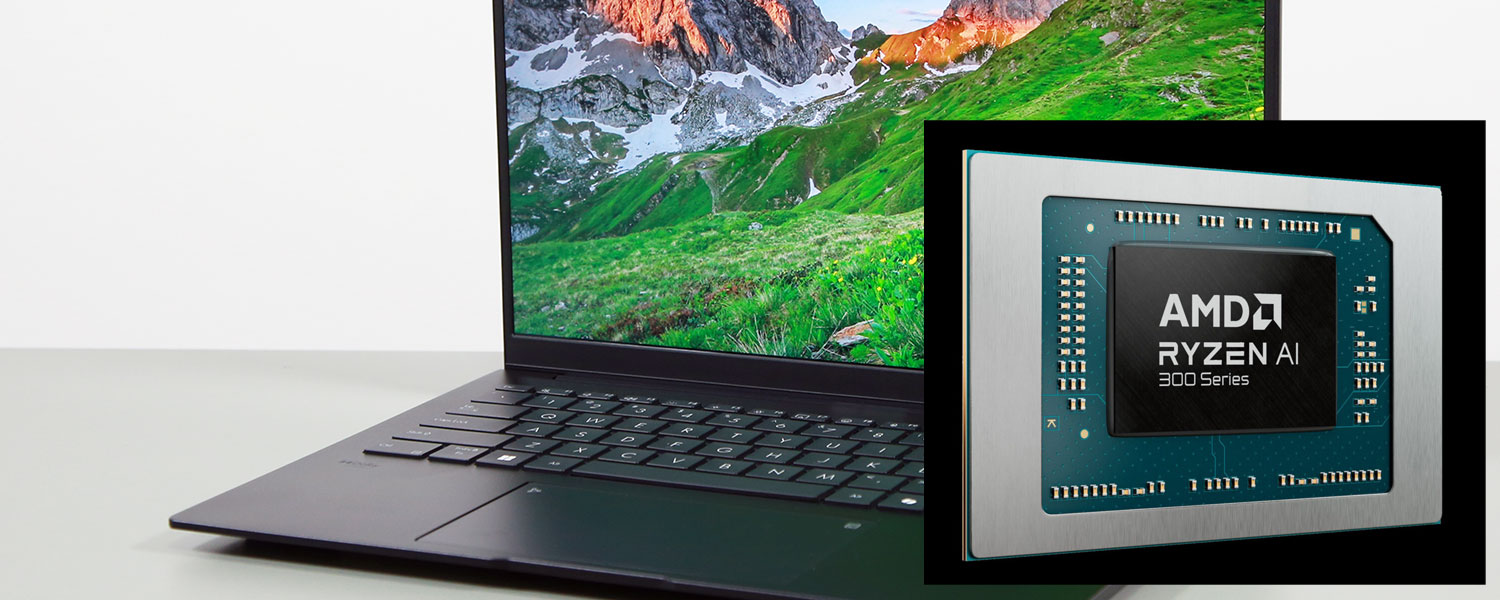
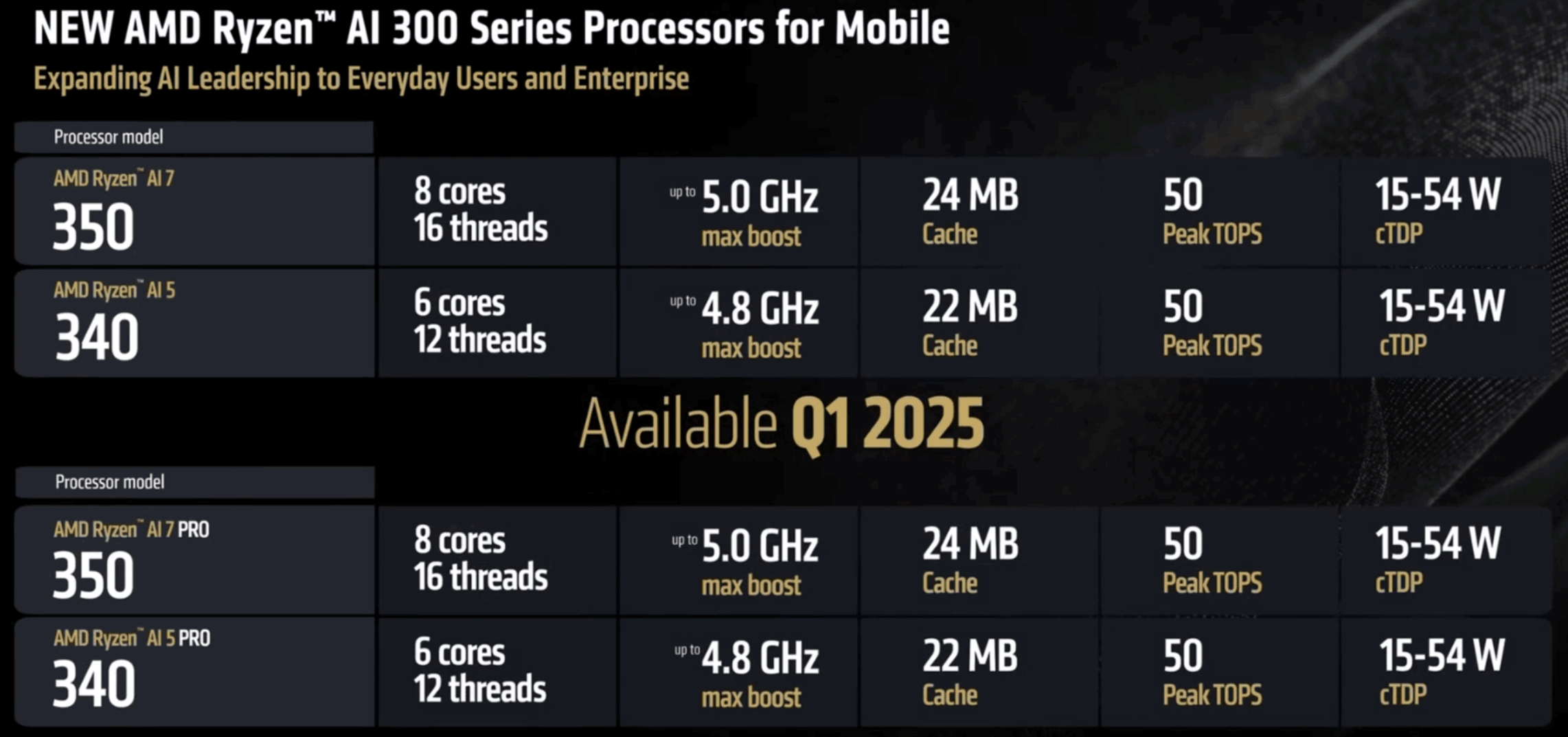

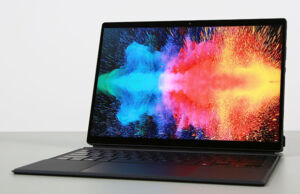
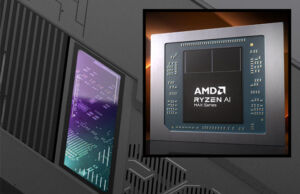
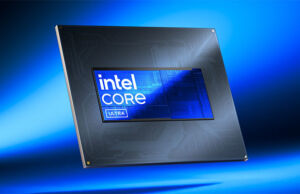
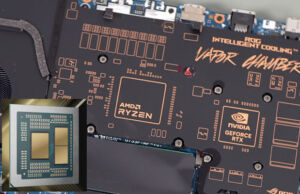
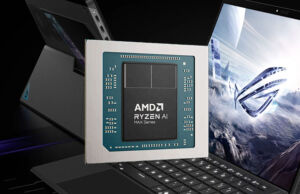

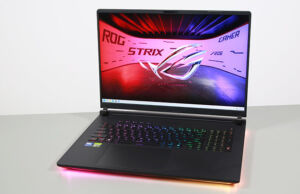

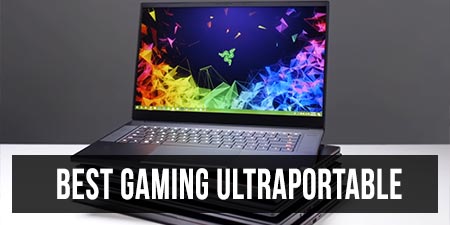
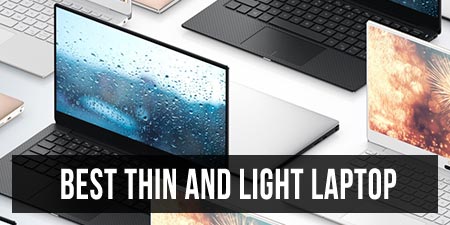
will blake
February 28, 2025 at 1:14 am
Actually, less cores of Zen 5 and RDNA 3,5 means that smaller chip, Krackan, would be the better fit for thin&ligts aka ultrabooks. Basically ~same performance at ~30w and much cheaper. Waddayathink?